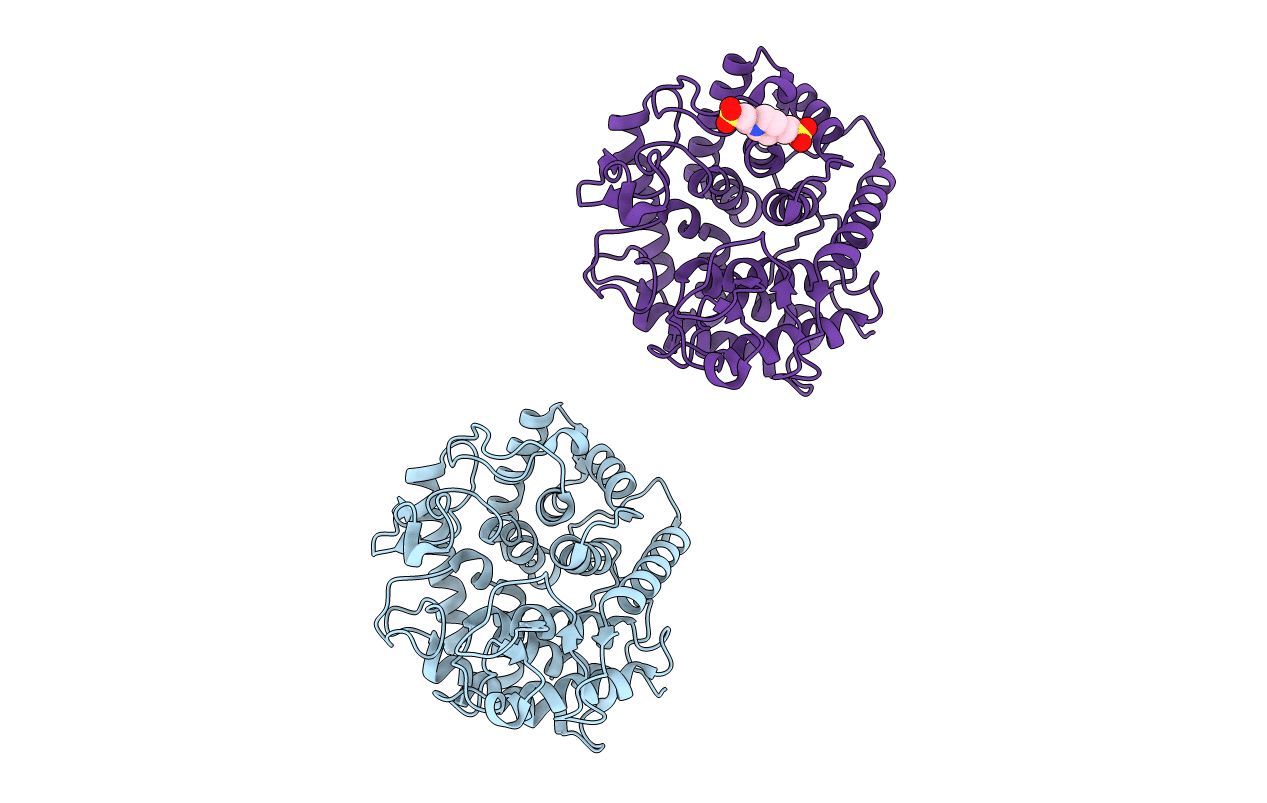
Deposition Date
2003-11-22
Release Date
2004-12-07
Last Version Date
2023-12-27
Entry Detail
PDB ID:
1V5D
Keywords:
Title:
The crystal structure of the active form chitosanase from Bacillus sp. K17 at pH6.4
Biological Source:
Source Organism:
Bacillus sp. (Taxon ID: 1409)
Method Details:
Experimental Method:
Resolution:
1.50 Å
R-Value Free:
0.18
R-Value Work:
0.16
Space Group:
P 21 21 21


